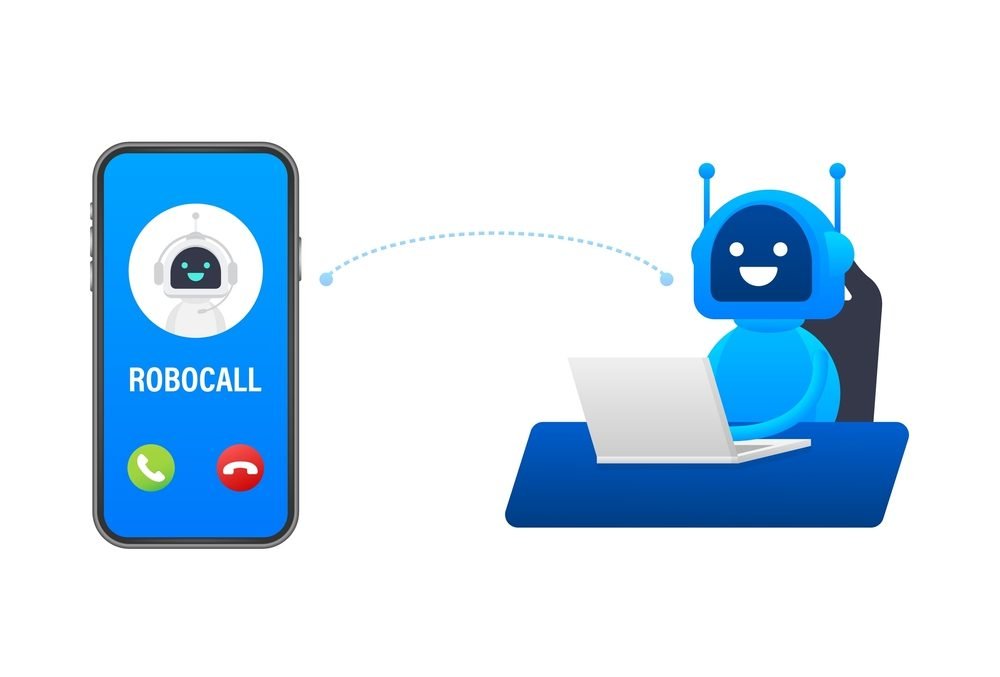Last Updated on November 23, 2022 by
Have you ever wondered how certain apps allow you to sign up for an account using your Facebook and Google credentials? Or how your weather app obtains the forecast for today. Both these questions can be answered by saying that they communicate with other systems to get data or confirm your credentials.
Additionally, these two systems communicate with one another using an API (Application Programming Interface). But, hackers and spammers have often found their way to the phone’s verify API to access users’ personal information.
Although, the best way to stop these spammers is to use reverse API. Want to know more about how you can use it? Read below to find out.
Table of Contents
What Is Reverse Phone API Lookup?
A procedure called reverse phone API number lookup provides you with details about someone based on their phone number. It compiles information from open sources, social media, and message programs.
Data enrichment is done via reverse phone API. It’s a method to give you additional information based on a single piece of data. Reverse email lookup and reverse social media lookup are more examples.
Data enrichment techniques like a reverse phone lookup service are especially helpful when attempting to determine how unsafe a person is for your company. For instance, you can use that information to determine whether a person seems suspicious or not to prevent fraud.
How Does Reverse Phone API Work?
Depending on the service you select, a range of tools are accessible. Some provide basic manual inquiries. API number search also helps in gathering information.
Some services even allow you to upload groups of phone numbers and receive information.
The Purpose of Phone API Tools
You may find out the following information about a phone number using reverse phone API tools:
- Who is the caller who I received?
- Who is the owner of the number?
- The phone number, is it legitimate and genuine?
- Should I believe the owner of that phone number?
The last question is crucial when determining whether someone is reliable or not, such as in the context of fraud prevention, marketing, or due diligence.

The Significance of Reverse API
With a reverse phone API search, you may gather a lot of data using just one piece of information (the phone number).
Our digital footprints are increasing including our phone numbers. Therefore, we can learn a lot about the person by examining their print.
This is crucial for both consumers who want to know with whom they are dealing and businesses who don’t want to work with dishonest people, especially fraudsters.
How to Spot a SPAM?
It is feasible to identify a false phone number using technical examinations. Typically, you should be looking for:
- HLR (home location register): It verifies the carrier name, if the phone has been routed and whether the phone number is from a virtual or traditional line by checking information from a central database.
- CNAM (caller name delivery): A direct check with the phone provider to see if the caller ID matches the name on the phone subscription.
- MSISDN and IMSI lookup: These numbers ought to be distinct. You may be dealing with virtual SIM cards if numerous users use the same International Mobile Subscriber Identification or Mobile Station International Subscriber Directory Figures.
What information can you gather solely from a phone number?
When you use a reverse phone API search to enrich your data, you can learn things like:
Validity: Through API number search, you can learn if the phone number is actually in use
Location of the carrier: A way of looking up geolocation that uses the carrier of the phone number
The type of the carrier: Find out if you are interacting with a virtual SIM card or even a mobile landline
Digital footprint: Discover which social media profiles are associated with the number. Finding someone’s Facebook, Google, Instagram, Twitter, etc. account can provide you with a lot of information.
Data through messengers: You can also receive the user’s profile image and the date and time of their most recent online activity when phone numbers associated with chat apps (Viber, WhatsApp, Telegram, etc.) are entered.

It’s a Wrap!
More effort goes into creating phone numbers than email addresses. Fraudsters typically don’t bother to obtain new, legitimate phone numbers for each of their fictitious personas or schemes.
Additionally, while programs like the Hushed or Burner app can establish new phone numbers, they will not have any digital traces on social media, the web, or messaging platforms. A number is significantly more likely to belong to a fraudster than a legal user if there is no social data attached to it.
Some customers are less willing to divulge their phone numbers than their email addresses. This implies that there are fewer of them available on the dark web, and huge data thefts have not yet revealed lists of phone numbers. The good news is that any numbers discovered on such dumps are authentic. Reverse API helps stop spammers and protect an individual’s personal data.



























